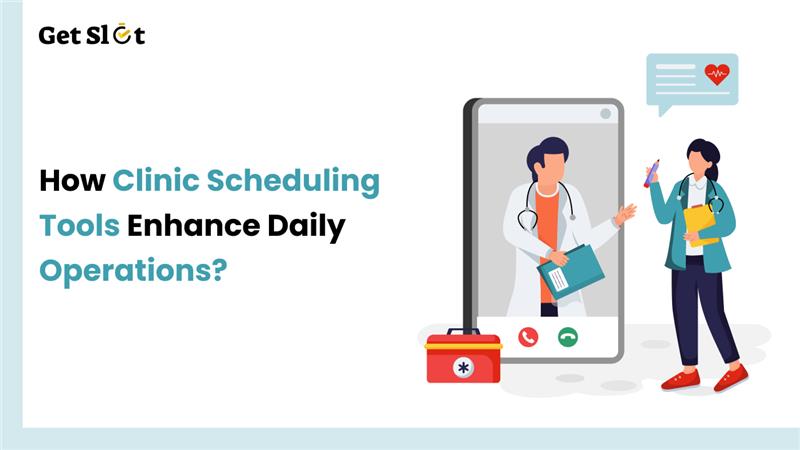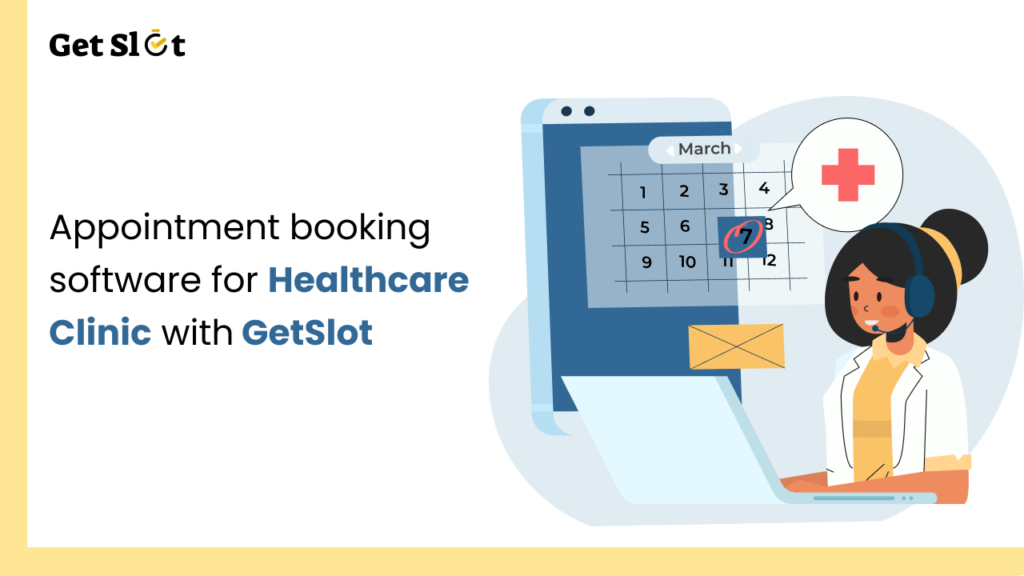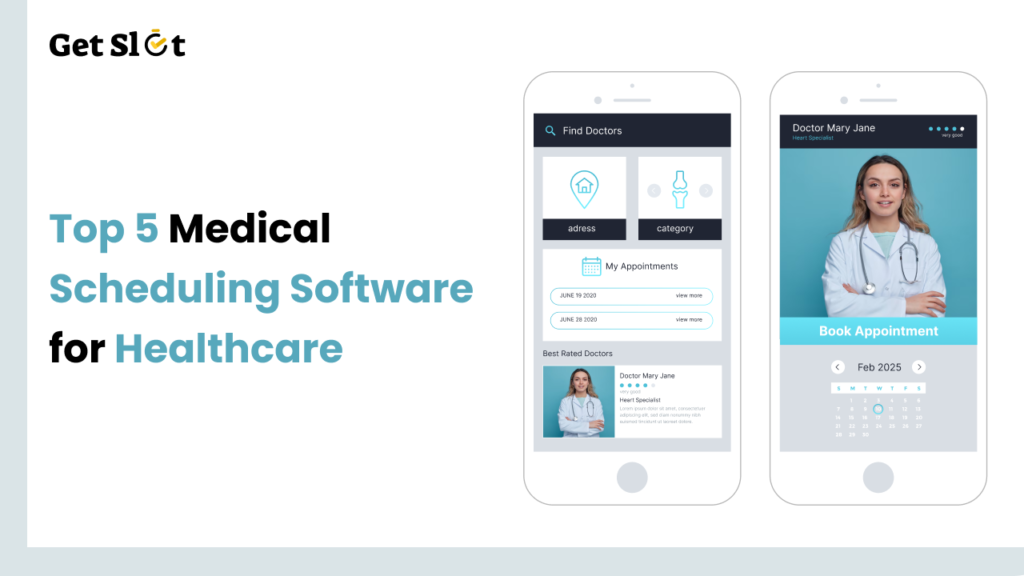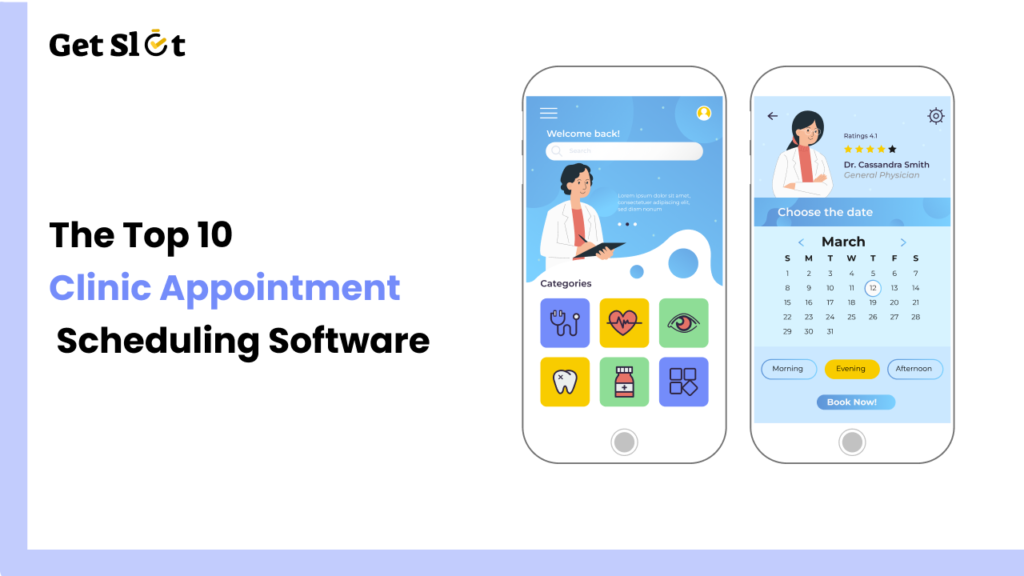One challenge that arises in any clinic is managing appointment systems, staff shifts, patient lists, and other everyday operations. Without the right kind of system, things can spiral into disarray, resulting in missed appointments, double bookings, long waiting periods, and confused staff. So that’s when clinic scheduling systems come into play.
These systems streamline activities aimed at minimizing downtime, cogitation, and better service delivery. Whether large or small, a clinic will immensely benefit from the use of this system.
In this article, we want to understand how a clinic scheduling systems tool improves daily operations and why it would be good for clinics to consider this useful tool.
1. Simplifies Appointment Booking
One of the primary functions or targets of the clinic scheduling system is to ease appointment booking for both the staff and patients.
Key benefits:
- Patients can book an appointment online or by phone.
- Staff can quickly check availability and confirm a booking.
- Avoids double-booking or conflicting schedules.
Results in faster, smoother, and more accurate clinic appointment scheduling and confirmation.
2. Reduces No-Shows with Automated Reminders
Missed appointments waste much time and resources. Most scheduling tools provide automatic reminders through SMS or email.
How it helps:
- Patient reminders for pending visits.
- Reduces no-shows.
- For the advantage of patients and staff, it saves time.
The good thing is that it keeps your day maximally scheduled and productive.
3. Manages Doctor and Staff Availability
Since different doctors or other staff work different hours in a busy clinic, the scheduler tracks availability to match the appointment with the correct human.
Outcomes:
- Balanced workloads for doctors and staff.
- No scheduling conflicts.
- Clear agenda for the day for everyone.
This helps everybody to know where they are supposed to be and when.
4. Reduce Waiting Room Congestion
Waiting room congestion occurs when everybody pops in at one time or appointments run late. Scheduling tools can set appointments staggered.
Advantages:
- Get smooth patient flow in a single day.
- The comfort and satisfaction of patients were uplifted.
- Pressure on the clinic staff will be less.
This also helps with safety maintenance, more so in health-sensitive environments.
📱 Stay connected—follow us on Instagram, Facebook, Twitter, and more.
5. Provides Real-Time Access to Calendars
A good clinic scheduling system shall provide live appointment calendars for staff.
Advantages:
- Staff are able to view and update schedules in real-time.
- Changes are reflected in the system instantly.
- Keeps everyone on the same page.
This reduces the risk of errors or missed updates.
6. Supports Online Booking for Patients
Many tools allow patients to book their appointments online through a clinic’s website or app.
Advantages:
- Convenient for patients; can book at any moment from anywhere.
- Reduces phone calls coming in.
- Frees up staff from office work to focus more on the service.
It is all modern stuff that today’s patients demand.
7. Improves Time Management
Clinic appointment systems aid in harnessing time better. They cut out manual mechanisms of appointments over the phone, recording appointments by writing, calling again and again for feedback, etc.
Result:
- The actual appointment time should be less with almost no intervals.
- Most time, patient turnover.
- Saving time leads to concentrating on better service.
8. Keeps Patient Records Linked to Appointments
Some appointment clinic scheduling systems tools maintain patient information with each appointment, that gives clinicians information about the patient’s medical history or even notes of an earlier visit.
This allows:
- Earlier preparation for appointments.
- Customized care for the actual visits.
- Faster servicing with fewer questions.
Improves the speed and quality of care.
9. Supports Walk-In Management
Some visits do not get scheduled. An efficient clinic scheduling system tool would allow clinics to deal with walk-ins gracefully.
These may include window functions such as:
- Adding a walk-in patient to the waiting list.
- Time estimation for a particular patient.
- Handling urgent cases with scheduled visits.
That way, a patient never ends up feeling neglected if he/she is not on an appointment.
10. Helps with Reporting and Planning
Almost all modern clinic scheduling systems tools can provide reports such as appointments, cancellations, peak times, and staff efficiency.
How the clinics will benefit:
- Know the busy time versus the slow time.
- Track performance and appointment trends.
- Schedule staff and resource needs.
This will certainly help in making better business decisions and in ensuring long-term development.
Conclusion
At GetSlot, clinic scheduling systems tools are more than just digital calendars-they stand as building blocks for running a clinic smoothly every day. It may decrease no-shows and waiting periods, whereas scheduling and resource availability optimize staff schedules and patient flows. With this, all finite time of the scheduling system is optimized.
By using a scheduling tool, clinics can save time, reduce stress for both staff and patients and deliver better care. Whether you’re managing a small clinic or a large healthcare center, adopting a clinic scheduling system makes daily operations more organized, efficient, and effective.
Investing in the right scheduling tool not only helps manage today’s workload but also supports the clinic’s long-term growth and patient satisfaction.
FAQs
Q1. Is a clinic scheduling systems tool only for large clinics?
No. Even small clinics can benefit from better time management and fewer missed appointments.
Q2. Can patients still call to book?
Yes. Staff can manually add appointments to the system while also offering online options.
Q3. Do these tools store patient data securely?
Most reputable tools follow health data protection rules and use secure servers to store information.
Q4. Can I assign appointments to different doctors?
Yes. Most tools allow appointment assignments based on staff availability and service type.
Q5. Will it take a lot of time to train my staff?
No. Most systems are user-friendly and easy to learn with basic training.



